5 Easy Ways to Decrease Your Portions
The surprising reason why you may be gaining weight
1 of 7
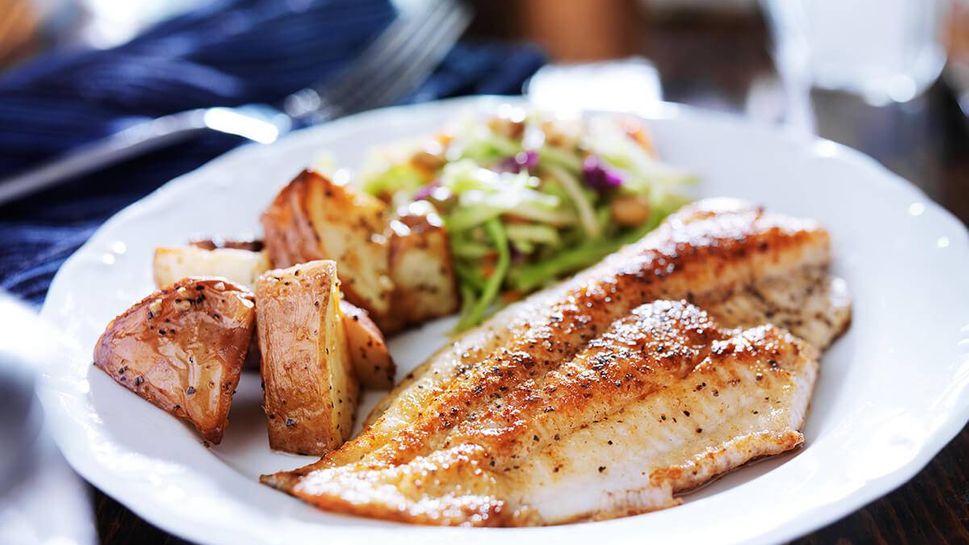
How to Eat Less
Remember when a 16-ounce soda seemed like a lot? When eating a hamburger meant a disc of meat on a bun — not two ¼-pound patties with special sauce, lettuce, cheese and who-knows-what-else thrown in for good measure? America’s always been the land of big is better, but it’s not really true when it comes to food.
“Increasing portion size is a growing problem that doesn’t seem to be going away,” says Lisa Young, author of The Portion Teller Plan: The No-Diet Reality Guide to Eating, Cheating, and Losing Weight Permanently. “From my perspective, we’re not going to lose weight unless we eat less. We have different fads — paleo, Atkins, low-carb, no dairy — and everything else goes out the window. That’s the problem. We’ve lost perception of what’s considered normal.”
So how can you cut back your portions without feeling deprived? Young says it’s easy once you set your mind to it. “That’s the most important thing — be mindful. Eat slowly, and note how much you’re eating,” she notes. And try some of these techniques to keep your portion sizes in check:
(This article previously appeared on Grandparents.)
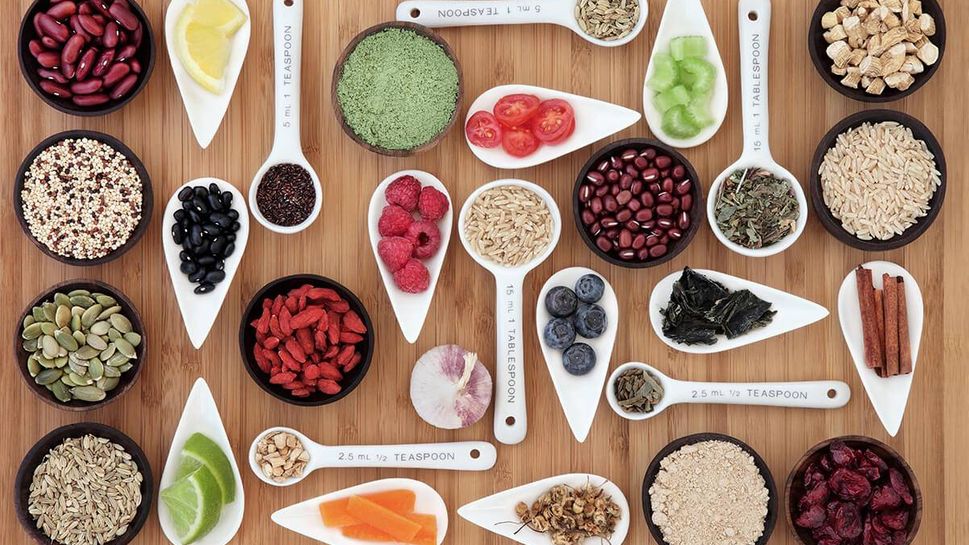
1. Measure Your Food
You don’t have to do this every day, but it’s helpful to get a reality check. Says Young: “Are you pouring three cups of cereal into your bowl? You don’t have to get caught up in the minutiae of measuring everything, but it’s helpful to know at the end of the day how much you’re eating.”
In her book, Young says you can eyeball amounts by making some of the following comparisons to familiar items:
- Nuts, 1/4 cup = golf ball
- Salad dressing or olive oil, 2 tablespoons = shot glass
- Peanut butter, 2 tablespoons = walnut in a shell
- Ice cream, ½ cup = ½ baseball
- Cheese, 2 oz = 8 dice
- Pasta or rice, 1 cup = baseball
- Oil, 1 teaspoon = water-bottle cap
- Meat, fish, or poultry, 3 ounces = deck of cards

2. Start With Soup or a Glass of Water
This is a great way to fill your belly before you dig into a big meal. But, warns Young, make sure that if you choose soup, it’s a healthy, broth-based soup full of vegetables and not a creamy bisque laden with fat and calories. “If it’s a cream-based soup, you’re not gaining the advantages,” she says. “But if you start the meal with something healthy, you will eat less over the course of the meal.”
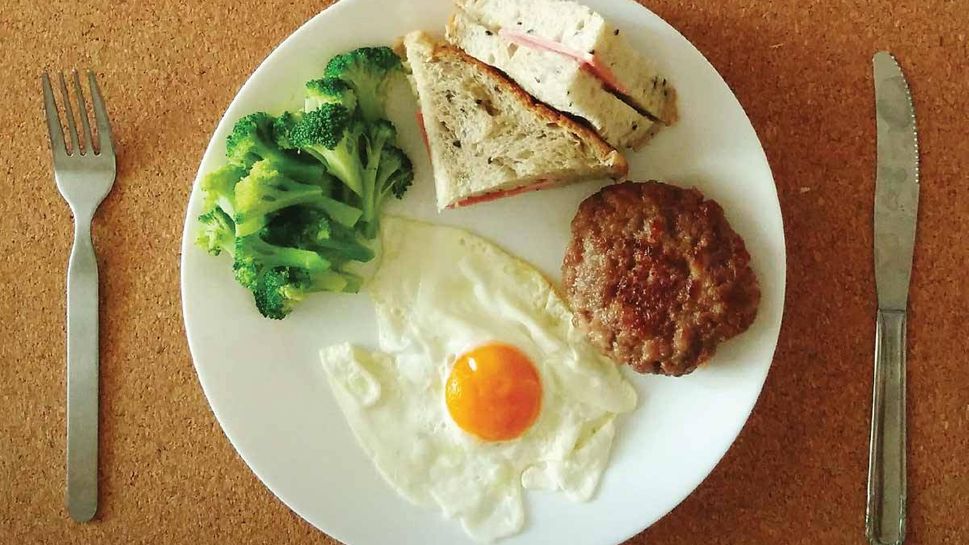
3. Avoid Family-Style Servings
If overflowing platters tempt you from the center of the dining table, it’s hard to resist the urge to go for seconds (or to even regulate what you take for firsts!). Make individual plates, and put away leftovers immediately to stop you from taking more. In fact, Young says, you could swap your salad plate and entrée plate — use the bigger plate for salad and the smaller one for your entrée. That way, you’ll get a lot of salad, and the right amount main course and your side dish.
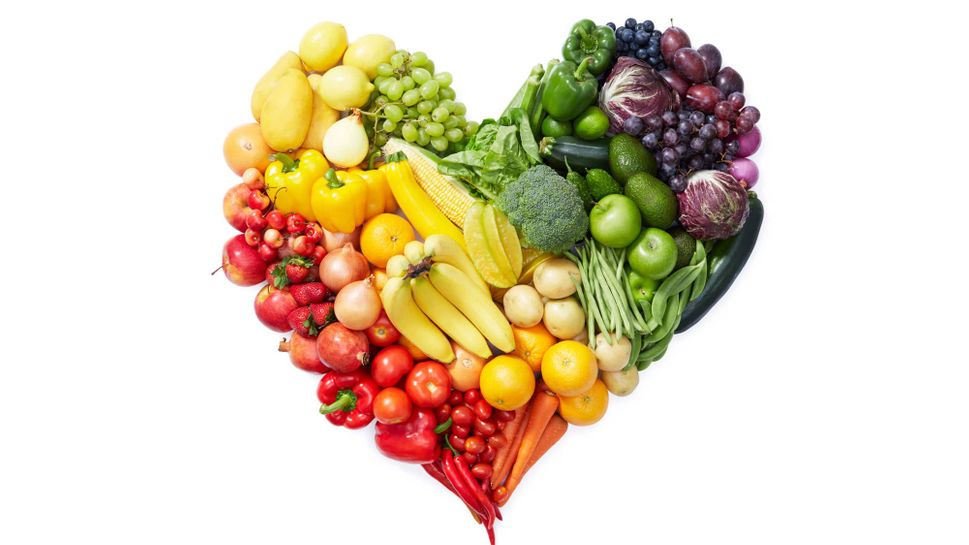
4. Fill Your Plate With Vegetables
Fill half of your plate with vegetables first (and fruit if it’s available) and then add protein and a small side of starch. This limits the size of the more caloric — and less nutrient-dense — parts of the meal, according to Young.
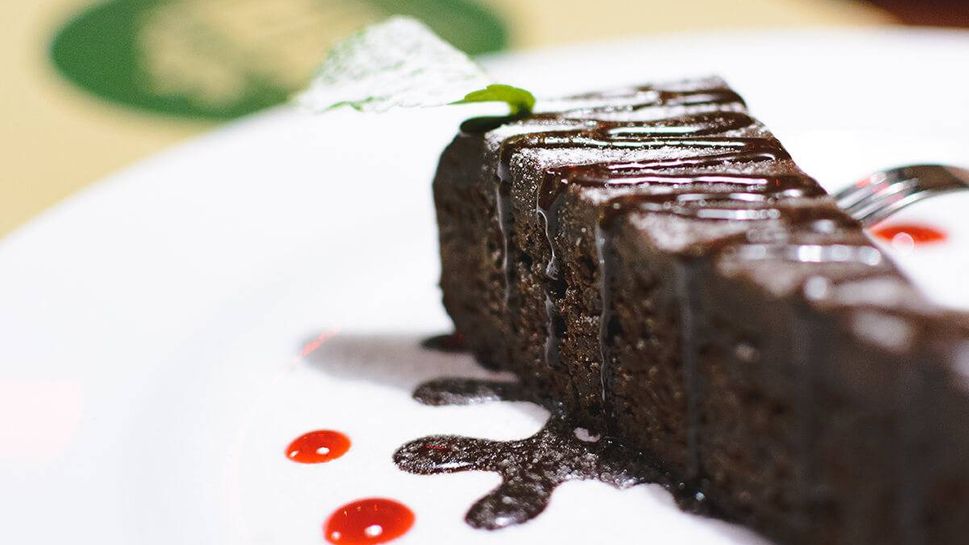
5. Plan for Dessert
If you like dessert after dinner, then avoid cookies in the afternoon or after lunch, says Young. Have dessert, share it and surround it with something healthy. For example, when at a restaurant, order the chocolate cake — and get your dining companions to agree to share — but also ask for a plate of plain berries. Take a few bites of the cake, push it aside and munch on the berries, which are healthier and will make you feel that you are still enjoying an after-dinner treat.
Another helpful move, according to Young: ordering herbal tea. “Sometimes it’s just flavor that you want after dinner, and a tea that has taste can satisfy you,” she says. A hard candy or a mint may offer the same experience. “When it comes to dessert, you have to legalize it and allow it. The guilt people might feel after is a problem and shouldn’t be,” says Young.
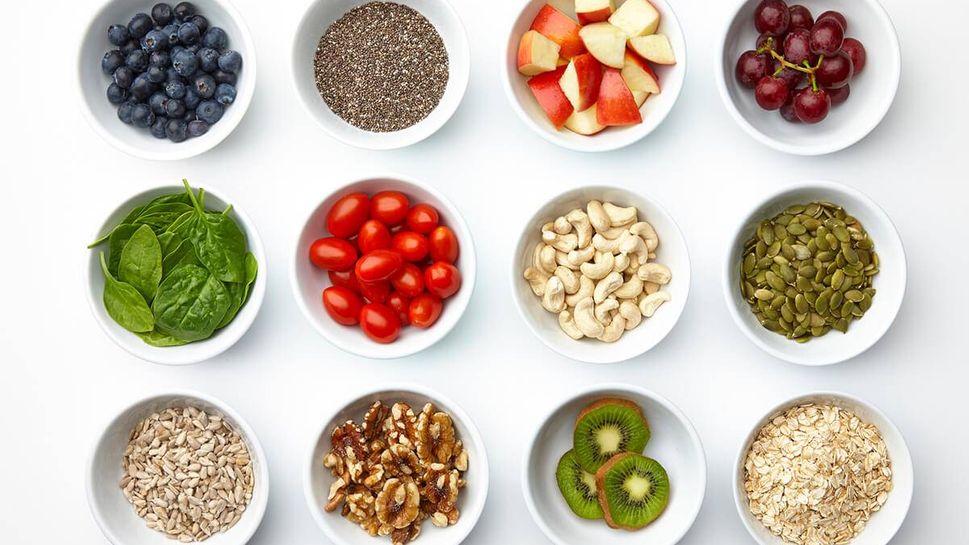
The Final Word
To control your portions, don’t restrict your foods. Young says: “People are saying, ‘I’m not eating dairy.’ Or, ‘I’m not eating carbs.' Cutting one food group out entirely is not a good idea.” You may feel deprived and wind up overindulging in what you think you can eat. When it comes to portions, says Young, “You don’t have to be perfect, but you should eat a little less.”
Grandparents.com is a lifestyle website, social media community & peer group that unites & connects America's 70 million Grandparents to the best information and premier products & services just for them. Our goal is to promote well-being and give timely information on what really matters to you, from health and money to family and relationships to travel and retirement.

